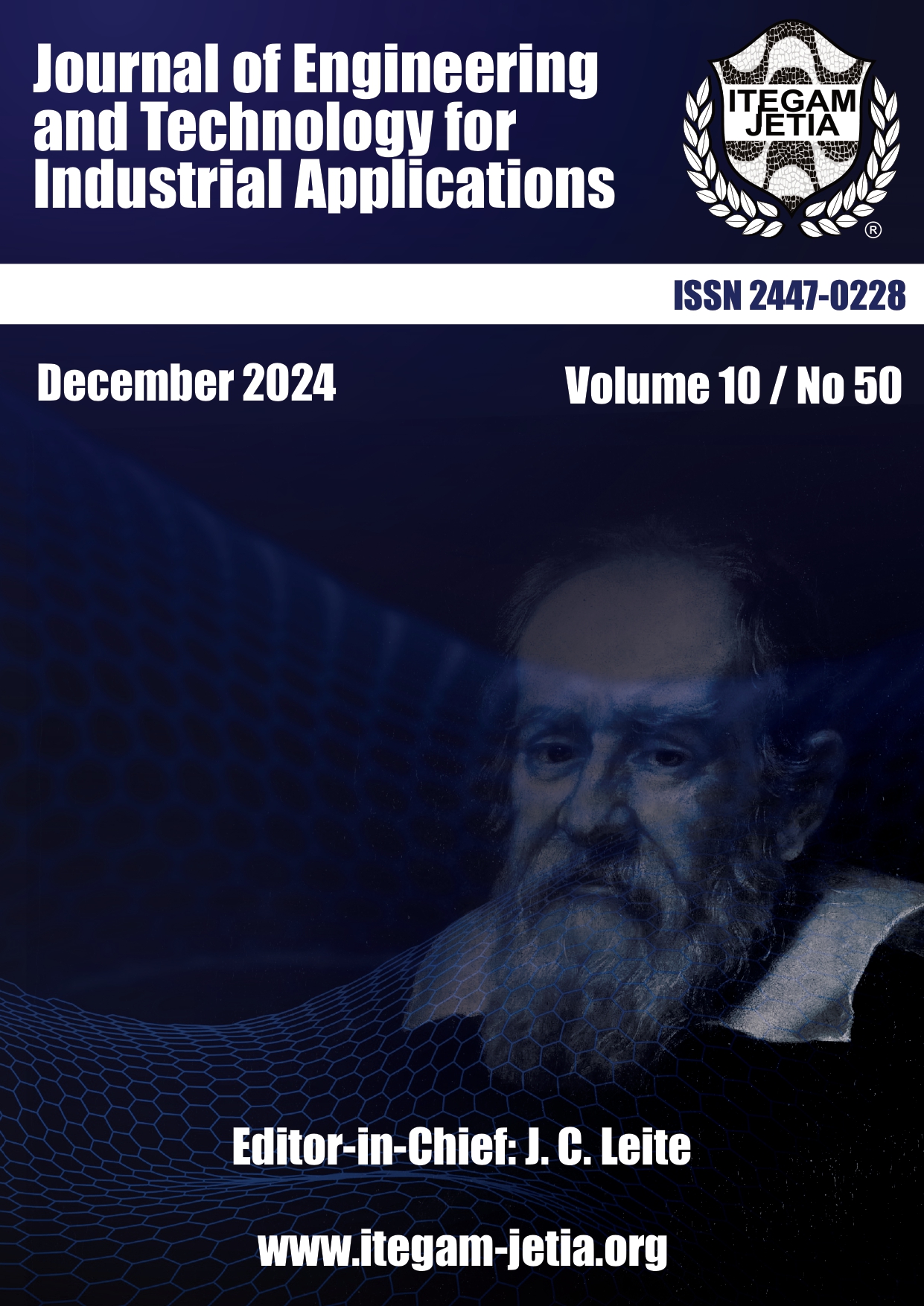Estimation of the Time of Occurrence of the Maximum Electrical Demand by Selecting the Optimal Classification Model and Making Use of Unbalanced Data
Abstract
Studies on electricity demand forecasting usually focus on the magnitude of the variable, however, the methodology used in this study also addresses the time at which the peak demand occurs, crucial for planning energy generation, smoothing the demand peaks and establishing differentiated rates. To predict the time of maximum demand, supervised machine learning algorithms were used: random forests, K nearest neighbors, support vector machine, and logistic regression. The dataset consists of hourly maximum and minimum demand data from 2021 to 2024 for a country in South America, including environmental factors such as temperature and seasonality. Since the data in the peak demand prediction variable is unbalanced, the study used oversampling techniques such as SMOTE-NC (synthetic instances of the minority classes to balance the data set). A multi-criteria decision-making approach is used to select the best classification model, considering model evaluation metrics as decision criteria. The most important conclusion drawn by the study is that the model obtained with the support vector machine algorithm turned out to be optimal, and successfully predicted the time of maximum demand on 15 of the 17 test days. The findings highlight the unbalanced nature of peak demand hours, which predominantly occur around 8 pm.
Downloads
Copyright (c) 2024 ITEGAM-JETIA

This work is licensed under a Creative Commons Attribution 4.0 International License.











